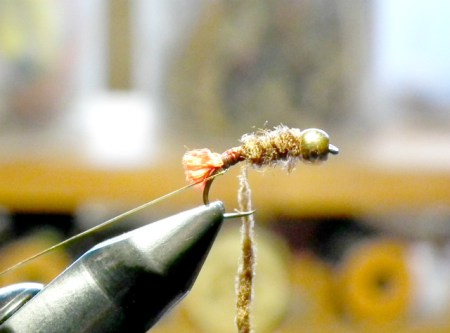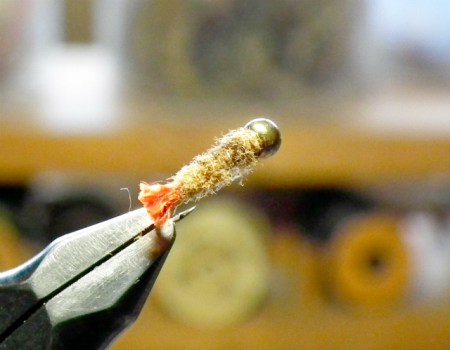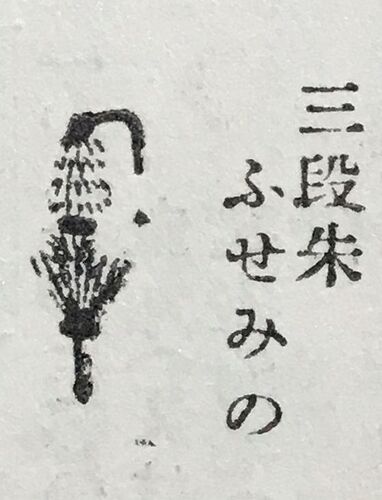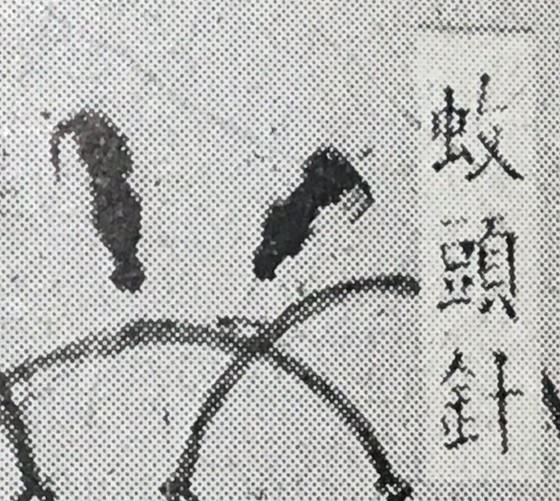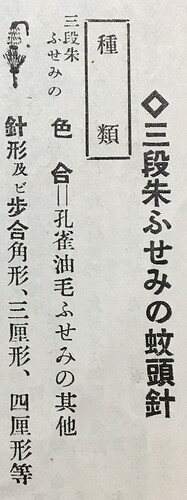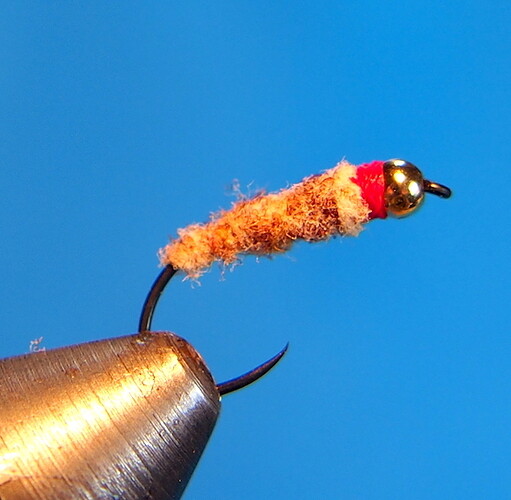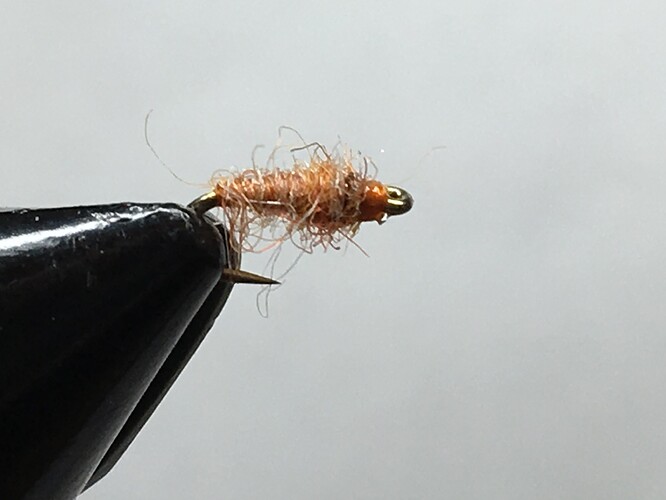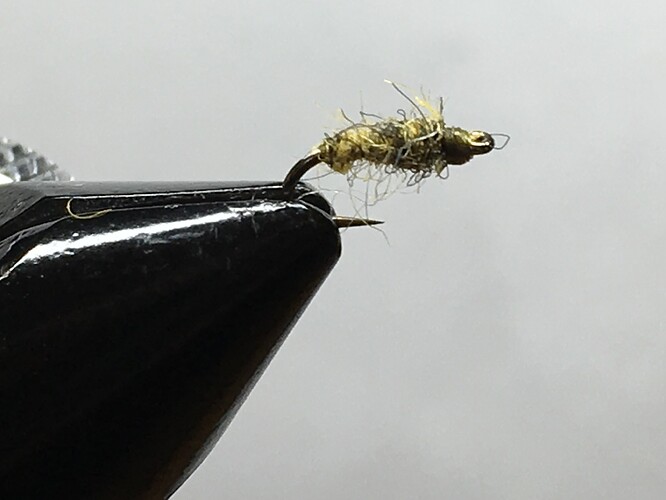Carl I saw your post about fly selection on the TUSA forum a few days ago.
I wasn’t sure how to answer your question as I am really unfamiliar with some flies you listed or have little experience with several others.
But if you don’t mind, I can provide a link, and copy paste your questions here, assuming you are still looking for opinions about the same questions, to help you get a jump over the forum safety restrictions.
However, if you prefer I can edit this post and remove them.
TUSA Help me narrow down my fly selection
"Hi all. I’m new to tenkara fishing this year, but have fished western gear a bit.
I’ve also picked up fly tying too, which has been pretty fun. After going overboard a bit buying materials, the strong minimalist in me is looking to simplify my tying and fishing. I’ve already narrowed my selection a bit, but I can’t help but think I could go with wayyy less, especially as far as sizes go.
I’m fishing in Boise Idaho, so mostly our big urban tailwater, with limited trips into the mountains to freestone rivers and smaller freestone creeks.
Here’s what I’ve got so far, with a RANGE (not just the two) of sizes I tie for each:
Surface:
Griffiths Gnat 18-20 (Winter/small hatches)
Elk Hair Caddis: 18-14 (caddis hatches)
Adams: 20-14 (mayfly hatches)
Rio Grande Trude 8-16 (stoneflys/all purpose attractor)
Subsurface:
wooly and killer buggers 8-12
Takayama Sakasa Kebaris, light and dark 10-16
Ishigaki kebaris, 10-16
Unbeaded Pheasant Tail soft hackle 12-16
Red San Juan Worm 14
Deep water/winter:
Beadhead Pheasant Tail Nymphs 12-20
Beadhead Sakasa Kebaris 14-18
killer bugs 12-16
Zebra Midge 20
Yikes. The minimalist in me sees few patterns, but way too much overlap and too many sizes.
Any thoughts? I know tailwaters require more refined fly choice, but I’d still like to narrow down to 2-4 patterns, or maybe a couple to cycle in and out for each season."
Maybe someone here will rise to the fly questions. 
